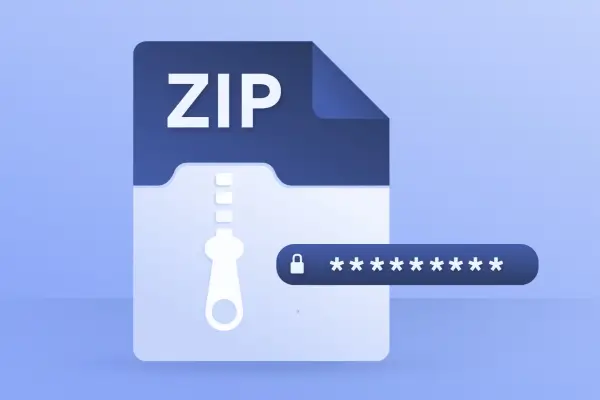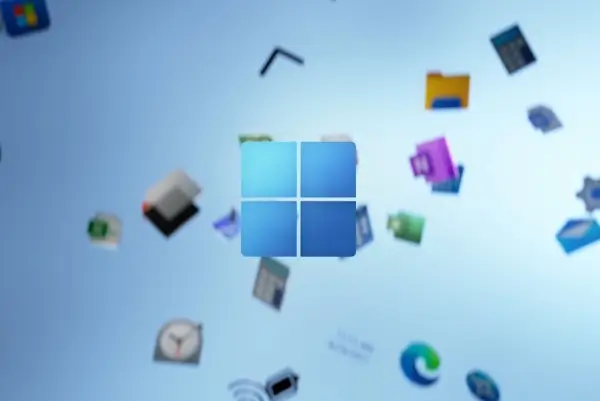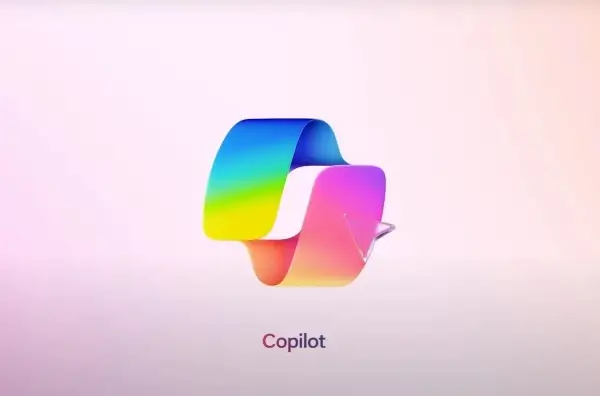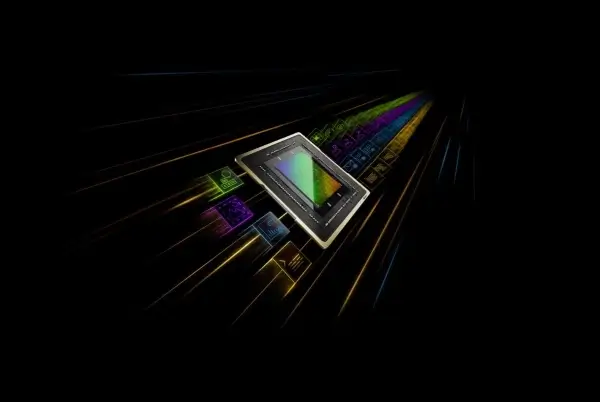In a previous post I showed you “How To Install Windows 8 On VirtualBox”. While VrtualBox is a good option as a free virtualization software, VMware applications have better virtualization features which are even good enough to create virtual machines for professional and enterprise use. The initial builds of Windows 8 have seen a lot of issues on earlier VMware applications and installing Windows 8 on VMware Workstation, the VM Player and other platforms belonging to VMware was quite difficult due to compatibility issues, not anymore. Before buying that shiny Microsoft Surface tablet, it might be worth test driving the operating system first, perhaps as a virtual machine.
The latest VMware Workstation 9 has now made it easier to install Windows 8. In this post I will show you the process involved in creating a Windows 8 virtual machine with the help of VMware Workstation 9. Make sure go through the entire guide to avoid running into any issues during the installation process. For more details, you can also refer to the video given at the end of this post.
Step 1: Needless to say, you will require VMware Workstation version 9 to be installed on your computer. Also make sure that “Virtualization” is enabled for your computer, do verify this feature go to your BIOS settings and see if Virtualization is “Enabled”. In the first step click on Create A New Virtual Machine (from the Home tab) to launch the VM wizard.

Step 2: From the virtual machine creation wizard, select Typical settings and hit Next.

Step 3: Select the ISO image of a Windows 8 operating system to proceed further. If you don’t have a copy of Windows 8, you can download an evaluation version from this link: Download Windows 8 or in case you wish to create an ISO image from your CD, see this link to get information about the MagicDisc tool, which can be used to create and mount ISO images.
Note: The version downloaded from Microsoft is already in ISO format.

Step 4: In the next step, you can optionally enter a Windows 8 product key (in case you wish to use the virtual machine as a regular machine), along with the username and (optionally) a password for your machine.
Note: Do not keep the Administrator username as it will not work. You can avoid entering a Windows 8 product key and password by entering a preferred username and hitting Next.

Step 5: You can optionally change the destination of your virtual machine and the virtual machine name. The default location in Windows is the C drive, which means that you can easily lose your virtual machine if the C Drive is formatted (which is often the case when repairing the Windows OS). To change the destination folder for your virtual machine, click Browse and select a folder on your computer (e.g. a folder in the D drive).

Step 6: Select the Hard Disk Space for your virtual machine. If you are installing Windows 8 for testing purposes, then 25GB of disk space should be more than enough. Make sure that the selected disk space is at least 20GB and the host Drive (e.g. C Drive) has enough space to accommodate the virtual disk. In case you end up consuming too much space of your C Drive, you can end up with low disk space and might find it hard to access your system. Therefore, it is advised not to install the VM (Virtual Machine) on the C Drive. You can also choose to split the virtual disk in multiple files or save it as a single file.

Step 7: You can verify your virtual machine settings from the log given in the last phase of the wizard. Click Finish to close the virtual machine wizard.

Step 8: Now, open the virtual machine in the VMware Workstation, where a new tab with the name of your virtual machine will be present. Click Edit Virtual Machine Settings to configure your VM settings. While the setup might already start after you hit “Finish”. It is advised not to proceed as some settings still need to be configured and you will simply get an error if you proceed with the installation process.

Step 9: In the virtual machine settings, make sure the following options are set
- Memory: At least 1 GB (make sure your system has at least 2GB or more memory to enable this option).
- Processor: Set this option according to your system capabilities I have a Core i3 processor so I am allocating 2 Processors for the virtual machine. Also enable this option: “Preferred Mode: Intel-VT-x/EPT or AMD-V/RVI”.
- Hard Drive: Already configured during the setup wizard.
- CD/DVD: For now it will be set to use the ISO, you can later select a virtual drive or physical drive (your DVD ROM) for VM use.
- Floppy: Not required, you can disable it.
- Network Adapter: Leave at NAT to ensure smooth internet connectivity for the virtual machine. You can also use a bridged connection, however it might cause internet connectivity issues for your virtual machine if you don’t have a loopback adapter or do not know how to configure bridged connection settings.
- USB Controller: Optional, can be enabled or disabled.
- Sound Card: Will be usually auto detected, no configurations should be required for it.
- Printer: Can be optionally configured (if required).
- Display: Enable 3D acceleration for better display.

Step 10: Start the virtual machine and install Windows 8. To see the process for installing Windows 8, see this post: How To Install Windows 8. While this post shows the process for install Windows 8 via USB you can also get an idea regarding the overall installation process if you require any guidance.

That’s all you need to do to install Windows 8 on VMware Workstation 9. The below screenshots shows Windows 8 running on VMware Workstation 9, including both the Metro and Classic Desktop.
Metro Desktop

Windows 8 Classic Desktop

To see the entire installation process in action, check out the video given below. This video is also available on the WML Cloud YouTube Channel . For any queries, troubleshooting info or additional guidelines, leave a comment below. How To Install Windows 8 On VMware Workstation 9
Related Posts




